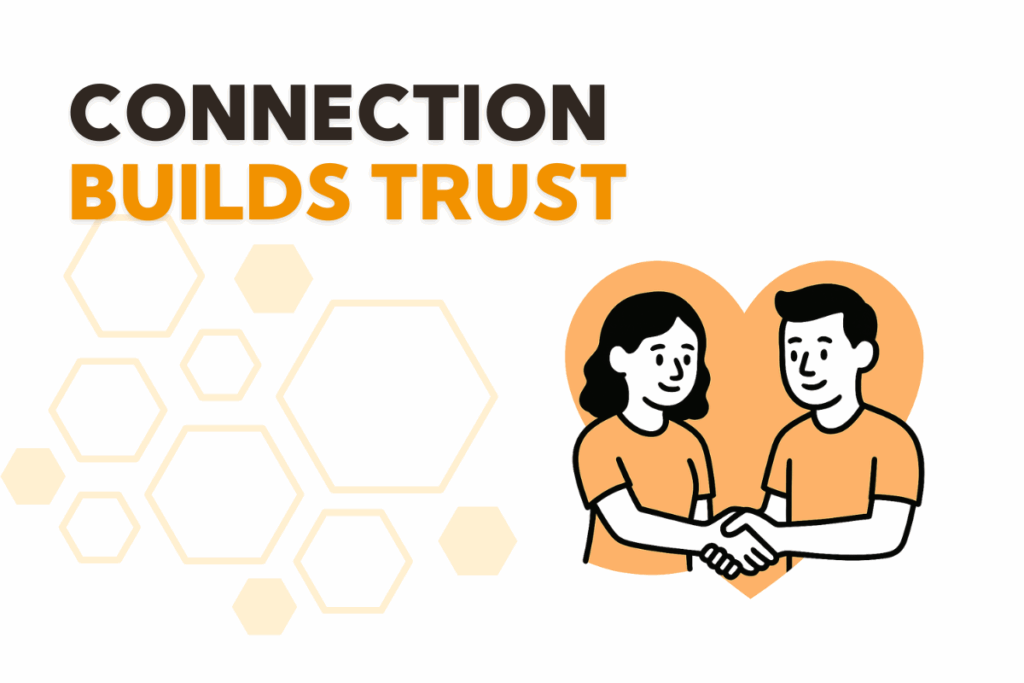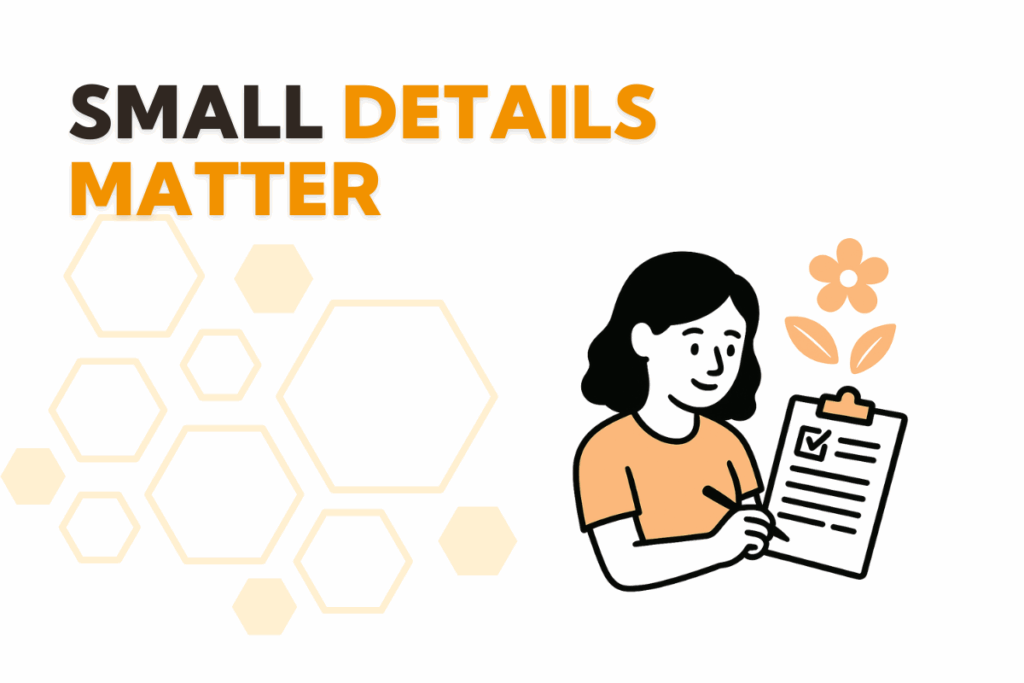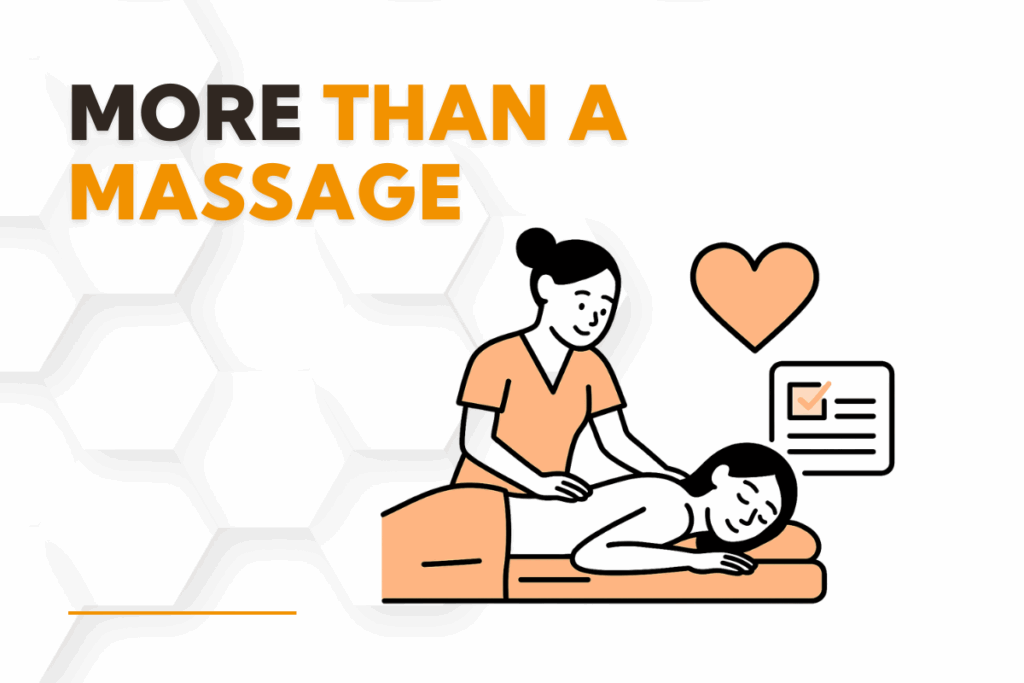Delivering a personalized massage client experience is the key to helping clients feel heard, valued, and supported — even as your clinic grows.
When Your Practice Starts to Feel Like a System
You likely didn’t build your practice just to route people through software. But when your time gets tight and client volume increases, it’s easy for care to start feeling automatic. That’s when the personalized massage client experience can start to fade — and your clients notice.
They may not say it out loud, but it shows in other ways. Fewer rebookings. Shorter responses on intake forms. A feeling of distance in the room. And when your massage clinic starts to feel like a process rather than a person, trust starts to slip.
What Happens When Clients Don’t Feel Seen
When the experience feels generic, clients begin to detach. They may text instead of using your system, hesitate to book again, or disappear quietly without giving a reason. These are warning signs that the personalized massage client experience is missing.
The most successful practices make clients feel like more than just another appointment. That’s where long-term loyalty and word-of-mouth referrals come from — people remembering how they felt, not just how they were treated.
Why a Personalized Massage Client Experience Builds Loyalty
Clients come to you for physical relief, but what keeps them coming back is how they feel emotionally. They want to know you remember their story, respect their preferences, and understand their goals.
Trust is built through small, meaningful details. Remembering their preferred music, adjusting the table temperature, or following up on a previous concern all contribute to a deeply personalized massage client experience.
Studies show that personalized care improves outcomes, satisfaction, and client retention. The massage therapy space is no exception — your attention to detail sets your practice apart.

Redesigning the Intake Process for Connection
Every touchpoint leading up to the session is a chance to make clients feel cared for. That starts with your intake process.
Instead of clinical checklists, use welcoming language that encourages honest responses. Questions like “What are your goals for today’s session?” or “Is there anything you’d like me to be mindful of?” invite deeper connection.
Use a tool like a customized online intake form to make the process feel thoughtful instead of robotic. When this form feels human, the personalized massage client experience begins long before the hands-on work starts.
Systems Can Be Warm, Too
Automation doesn’t have to mean cold. You can create workflows that support a personalized massage client experience without doing everything manually.
Start by customizing confirmations and reminders in your own tone. Include the client’s name and refer to their session type or therapist. Send an automated follow-up 48 hours after a session that simply asks how they’re feeling.
Document personal preferences using SOAP note electronic charting so you or your team can recall them next time. This type of intentional tracking keeps the experience personal even if clients see different therapists.
Your Team Can Carry the Experience, Too
If you run a multi-therapist clinic, consistency is key. Your clients should feel cared for regardless of who they see. That’s where team training and shared values come in.
Teach your staff how to open sessions with curiosity and listen actively. Keep client notes visible so everyone can personalize their care. Hold regular debriefs to share what’s working and what can be improved.
The personalized massage client experience thrives when everyone plays a part.
Use Your Website to Show You Care
Clients often engage with your brand before they ever meet you. Your website, blog, and service descriptions should reflect the same warmth and clarity they’ll receive in the treatment room.
Write content that explains what a session feels like, not just what it includes. Let them know that personalization is part of your standard, not a bonus. Your tone here is part of the personalized massage client experience — and it builds trust before the first visit.

Tracking Connection Over Time
You can measure whether your clients feel seen. Watch your rebooking rate, the depth of intake responses, and the words people use in feedback forms. Comments like “I felt listened to” or “They remembered what I shared” show that the personalized massage client experience is landing well.
Using tools like reporting and analytics for massage clinics gives you insight into trends that reflect connection — not just transactions.
Keeping the Human Side Alive as You Grow
Growth should never come at the cost of connection. The systems you put in place are meant to protect your time and improve care, not to replace your presence. When clients feel seen, they stay. When they feel rushed or unseen, they drift.
The personalized massage client experience is about remembering what really matters: the person in front of you. With intention and a few thoughtful tools, you can grow your business without losing the heart of your work.
FAQs
It includes small details that make the client feel remembered — like asking about previous issues, respecting personal preferences, and following up after a session.
Yes. Using automated tools that still sound like your voice can help. Customize your follow-ups, reminders, and intake forms so they carry warmth without requiring extra time.
Watch for fewer repeat visits, shorter intake answers, or lack of engagement in follow-up messages. These can be signs that clients don’t feel emotionally connected to your practice.
Even with good reviews, deepening personalization can increase loyalty and client retention. It helps turn casual clients into long-term advocates for your business.


